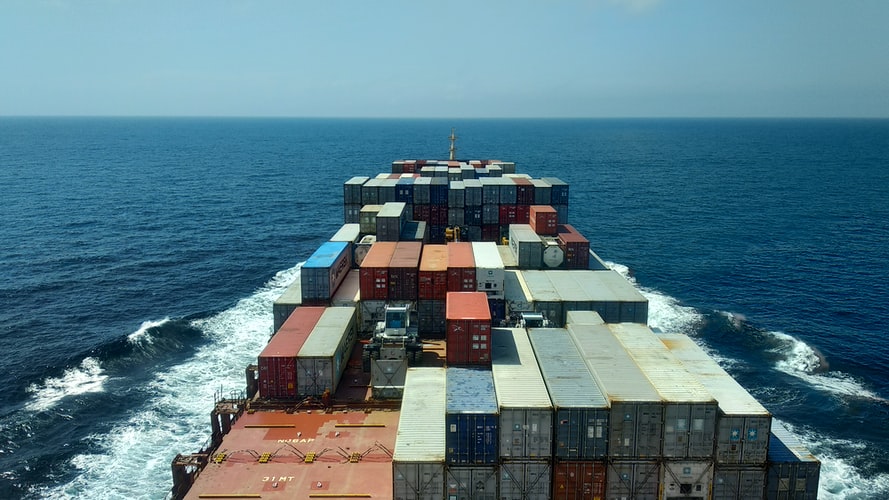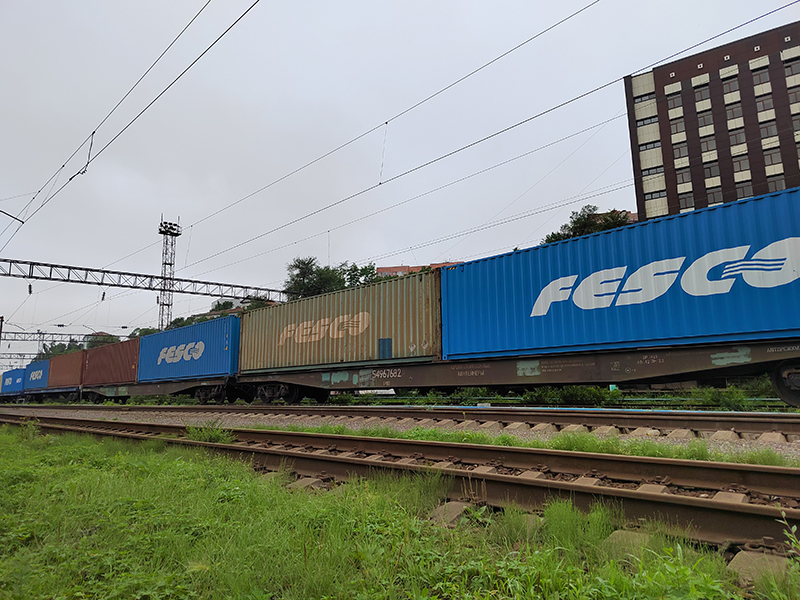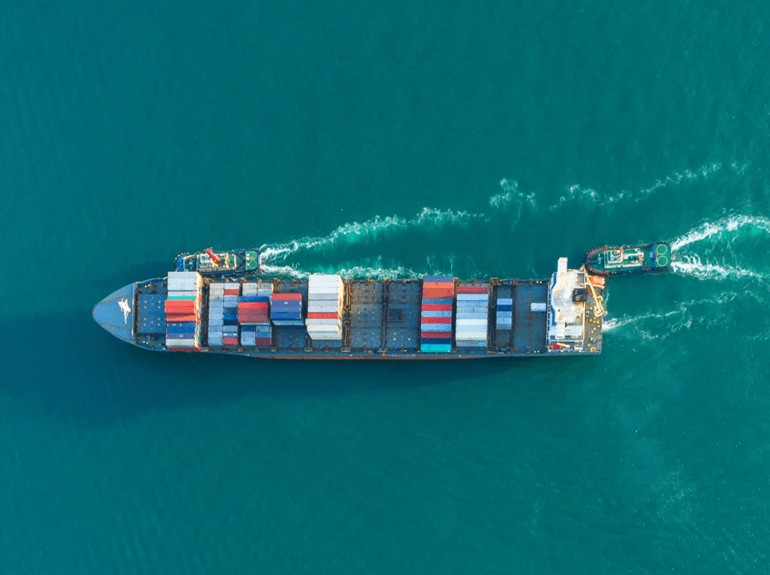
At present, there are three series of international container standards, totaling 15 types. The appropriate specifications for these 15 types of containers should be determined based on the specific source and port conditions along the shipping route and transportation route, as this has a significant impact on the smooth completion of container transportation.
Generally speaking, on routes with low cargo volume, the size of containers used should not be too large. Of course, it also depends on the density of the goods. If there is a lot of light dumping in import and export goods, it is advisable to use larger containers.
In addition, when deciding which specifications of containers to use, cooperation with foreign shipping companies and shippers should also be considered. Because in international multimodal transportation of containerized goods, it is highly likely to exchange and reuse containers with foreign shipping companies. Therefore, the container models widely used internationally are selected.
The international multimodal transport of containers should be based on the principle of "door-to-door" transportation. Therefore, when choosing container transportation, attention must be paid to the conditions of inland transportation. In order to adapt to the transportation conditions of highways and railways and enable countries and regions with low freight volume and poor transportation conditions to achieve "door-to-door" transportation, the "mother child box" transportation method can be adopted. The transportation method of mother and child containers refers to the close fit between the size of the mother and child containers. Large international standard containers can be used for sea transportation, while small containers can be used for inland transportation. After the container transportation in these countries and regions matures and the freight volume increases, the "door-to-door" transportation of large containers can be gradually improved.
In addition, some shipping routes often experience a large amount of container return air transportation due to the imbalance of cargo sources between two ports, which not only reduces the economic benefits of container transportation, but also seriously affects the development of container transportation. In order to solve the problem of empty container return, some shipping companies in certain countries use collapsible containers (COLLAPSIBLE CONTAINER) on routes with imbalanced cargo sources. After folding, the volume of this container is only 1/4 of that of a fixed container, which means that when four containers are folded, they overlap to form a fixed international standard container. This method can greatly reduce the loss of cabin capacity during the return of empty containers.
When selecting containers, the main consideration is to use suitable boxes based on the different types, properties, shapes, packaging, volumes, weights, and transportation requirements of the goods. Firstly, we need to consider whether the goods can fit, and secondly, we need to consider whether it is economically reasonable and whether the transportation conditions required for the goods are met. Containers must undergo strict inspection before loading goods. Defective containers can cause minor damage to goods, and in severe cases, result in container destruction and fatalities during transportation, loading, and unloading. So, inspection of containers is one of the basic conditions for safe transportation of goods. When the shipper, carrier, consignee, and other related parties hand over the boxes to each other, in addition to inspecting the boxes, they should confirm the status of the boxes at the time of handover in written form such as equipment handover documents.

2024-10

2024-10

2024-10